What is hand-made coffee? How to make coffee by hand? How much water is 15g powder washed?
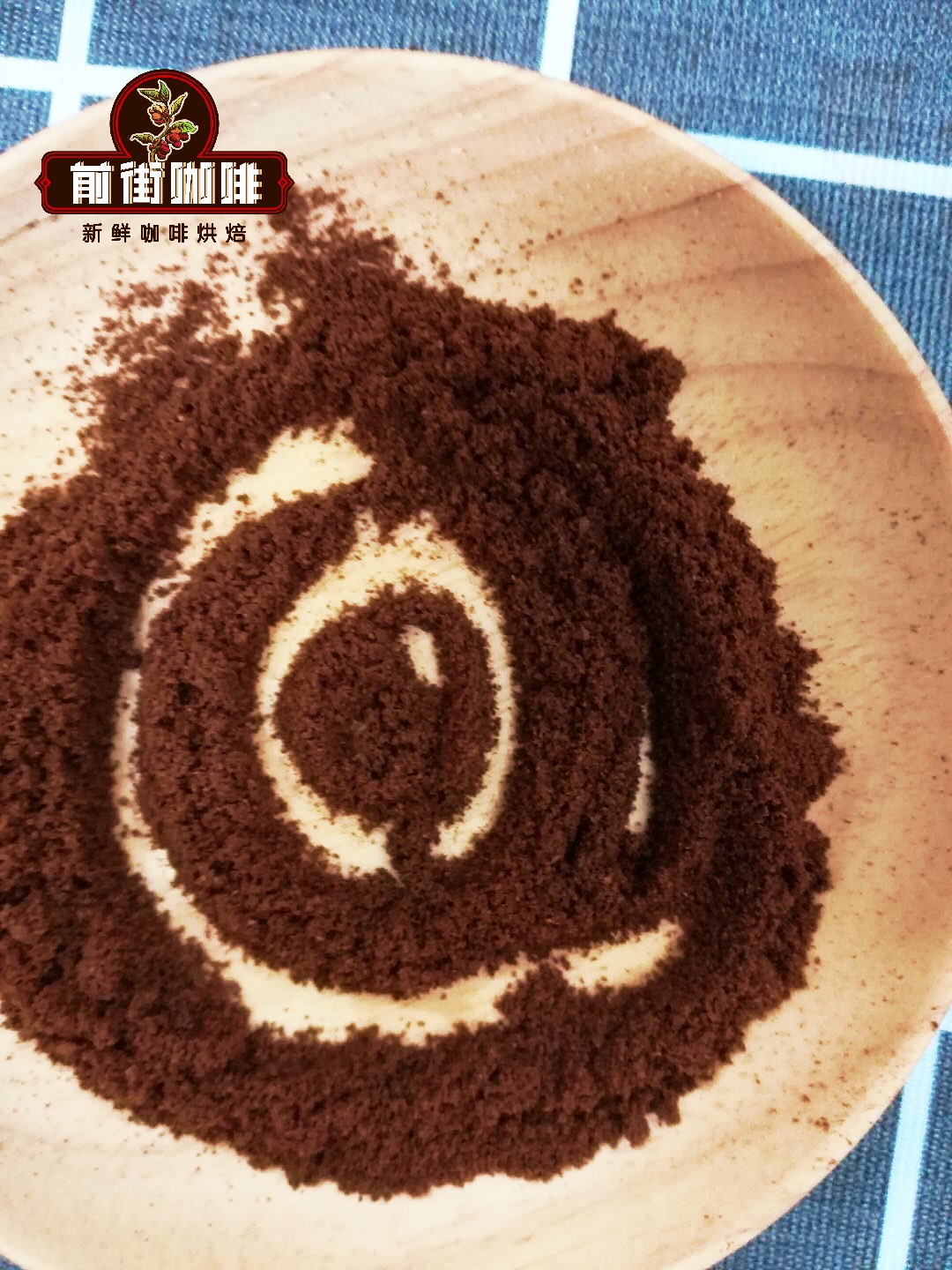
Professional coffee knowledge exchange more coffee bean information please follow the coffee workshop (Wechat official account cafe_style)
What is hand-made coffee? How to make coffee by hand? How much water is 15g powder washed?
The understanding of Qianjie Coffee literally means manual brewing coffee, and Qianjie Coffee also learned that this brewing method was first invented by Ms. Melita in Germany in the early 20th century. At that time, when she was making coffee at home, she suddenly used her son's blotting paper as filter paper, put coffee powder in the filter paper, injected water into the coffee powder in a kettle, and extracted a cup of coffee with a different taste. Although hand-brewed coffee looks simple, there are still many points to pay attention to. If you control it well, you can definitely make a professional and authentic cup of coffee. Based on the hand-brewing experience of Qianjie coffee, I will briefly explain to you the steps and points for attention of hand-brewing coffee.
Configuration required for hand-made coffee
Hand punch pot, filter cup, sharing pot, bean grinder, filter paper, electronic scale, thermometer, powder screen.
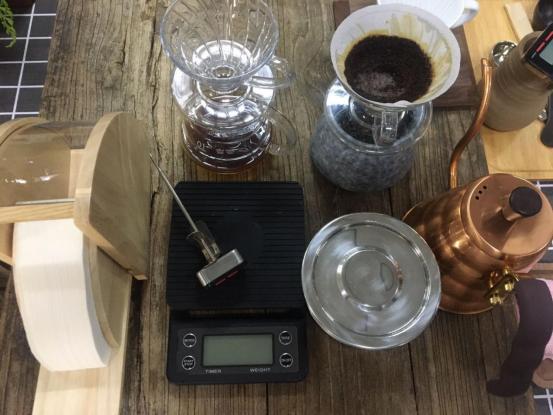
[hand punch pot]
There is a wide variety of hand flushing pots, and the style is naturally in line with personal aesthetics. The popular Hario VKB front street coffee is not recommended and is not suitable for beginners. Here are a few hand-made pots that Qianjie Coffee thinks can be bought at an early stage.
Takahiro Shizuku, known as a cheating pot, is due to its excellent flow control and impeccable workmanship. If you can only buy a single-function pot, Shizuku is the best choice. The price of more than 500 seems a little expensive, but it is well worth it, and the 0.9 L specification can also cope with most environments. 18-8 stainless steel. There are two main disadvantages, one is that the stainless steel top cover will burn those players who are accustomed to holding the top cover with the other hand, and the other is that the current limiter cannot be installed.
Small mouth pot (inner diameter above 6mm), representative: Bonavita hand punch pot, this hand punch pot is available in Qianjie coffee shop. British imported Strix temperature control system, accurate control of water temperature, positive and negative temperature difference of 1 degree Celsius, professional gooseneck design, more effective control of flow speed, flow and direction, the base with temperature regulation, heat preservation, memory function. High-quality kettle body workmanship, top cover of plastic, can be equipped with throttle valve, water flow control is also better than VKB. There is nothing else to ask for in a pot, a good choice for a small cafe.
Kalita crane mouth pot. Kalita is an established appliance manufacturer, adhering to the consistent characteristics of the Japanese: Seiko, art-grade workmanship, of course, there is still a gap between this crane-beaked pot and some top products, but if you have no experience in using other works of art for your own use, it is undoubtedly a pleasure to use it. The handle is extremely comfortable, the upper and lower handles make the kettle stable, and the crane mouth is also an advanced style, which is more varied and more interesting. The perfect combination of wood and stainless steel. It goes well with your own stainless steel filter cup. On the other hand, the appearance depends on what you like. There is also this hand-made pot in Qianjie coffee shop. I bought it for my appearance, not for anything else. For entry-level hand punching, you can use a small pot with an inner diameter of less than 5mm, such as Kalita copper pot.
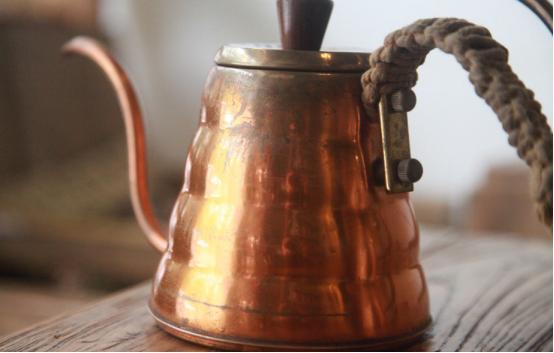
HARIO grenade, the kettle body made of pure unembroidered steel is polished by secondary fog surface to avoid small scratches caused by slight collision or cleaning. The body and lid of the pot are made of stainless steel, and the cap and handle of the pot are made of phenol formaldehyde resin. The Japanese Hario hand punch is popular all over the world, not only because of its excellent workmanship and design, but also because it is an omnipotent kettle whose flow can be controlled. Compared with all kinds of 5mm pots that can only be brewed with a small current, the Hario kettle can also meet the popular immersion method in Europe and the United States, and can also be controlled to get a small flow of water.
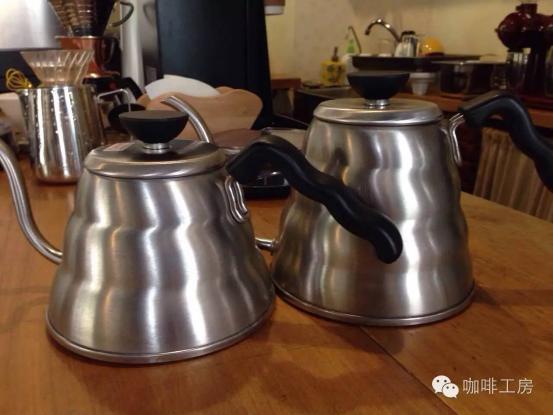
[filter cup]
Hario V60 is the most popular, including resin, glass, ceramics and metal. V60 caters to many variables in coffee making, mainly in the design of three points:
1. Cone at an angle of 60 degrees: this prolongs the time for the water to flow through the coffee powder to the center.
2. A large filter hole: this allows us to control the flavor of coffee by changing the flow rate of water.
3. Spiral pattern: this allows air to escape upward from all around to maximize the expansion of coffee powder.
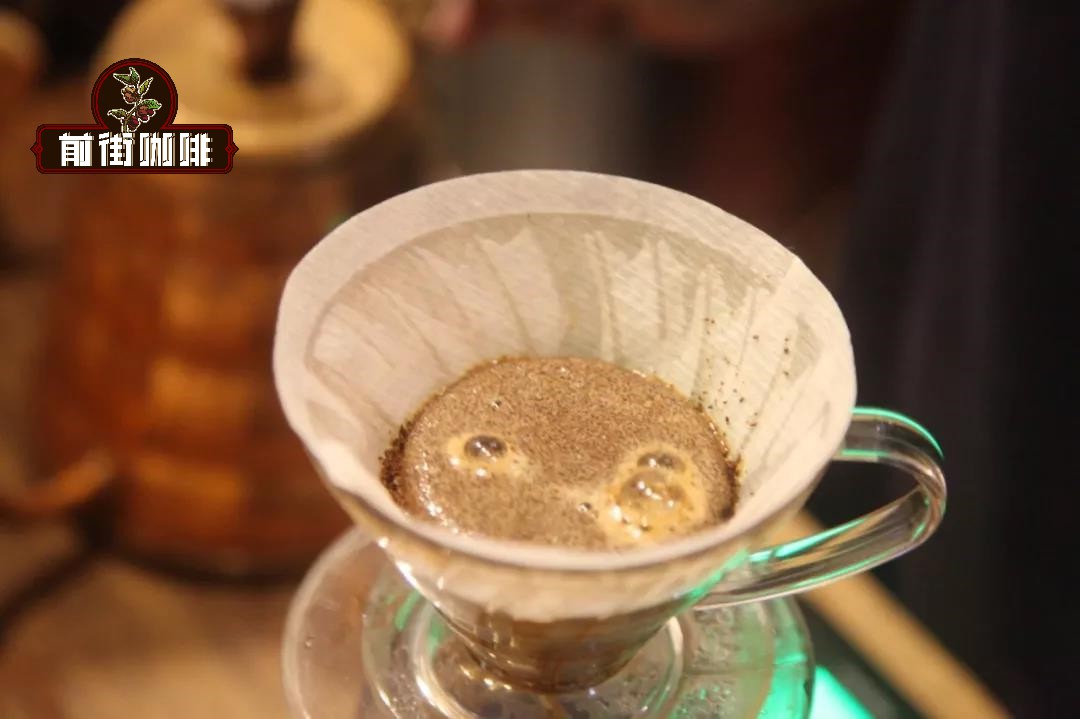
Kalita filter cup, the whole body is made of ceramic material, the coffee filter cup made of ceramic has stronger heat preservation, uniform enamel and positive color, the cup shape is a retro-style three-hole trapezoid, one-sided cup ring, and the filter keel in the cup body is distinct. The coffee filtered by this filter cup is mellow and fragrant, and is suitable for coffee beans with weak sour taste and high alcohol thickness.
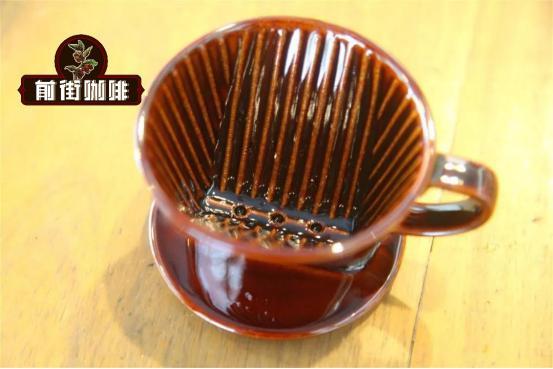
The ribs of the KONO filter cup do not extend from the bottom to the top, but stop when they are less than half the height of the filter cup. This height is designed to ensure that during the dripping process, the filter paper can be attached to the wall of the filter cup after absorbing water, and once the exhaust space is limited, the air flow will be limited, which will increase the water absorption time of coffee powder particles.
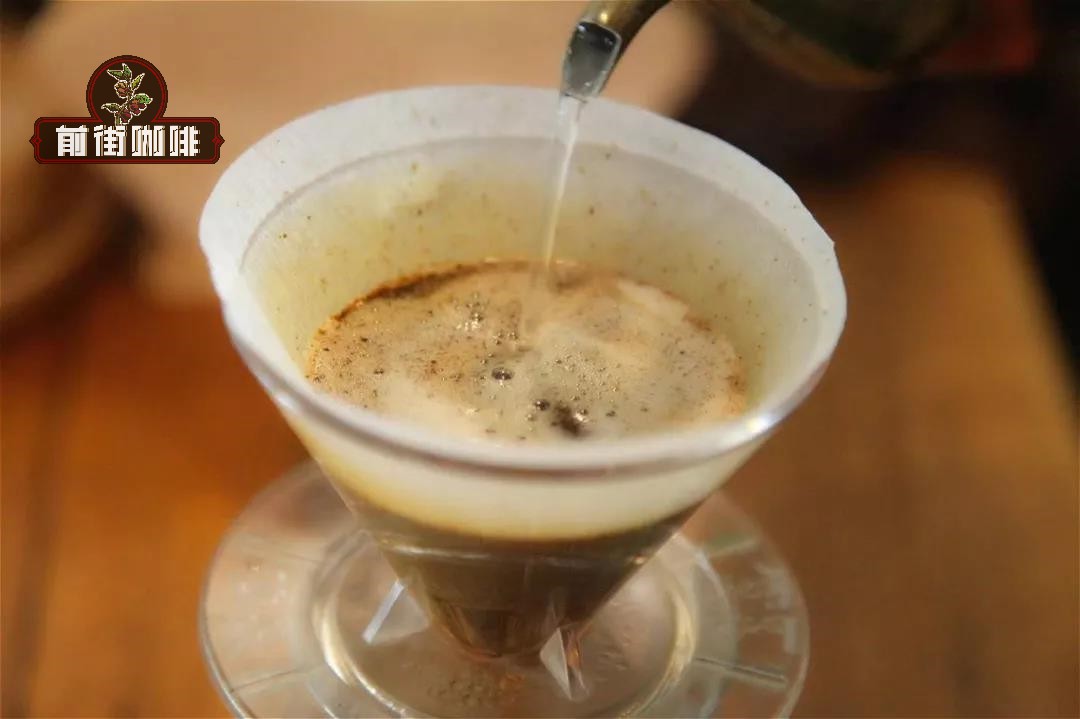
Cake filter cup, also known as wave filter cup, the bottom of the filter cup is flat, flat design so that the water flow has a uniform flow rate, play a role in improving the extraction rate, in addition to the bottom only three small holes, the flow rate is relatively slow, so that coffee powder can be fully soaked, extracted coffee will be more balanced. In addition, the use of origami filter paper, not directly attached to the filter cup, created the largest extraction area. On the one hand, it is conducive to concentrated extraction, hot water can be evenly and smoothly filtered down, on the other hand, it can also slow down the loss of temperature.
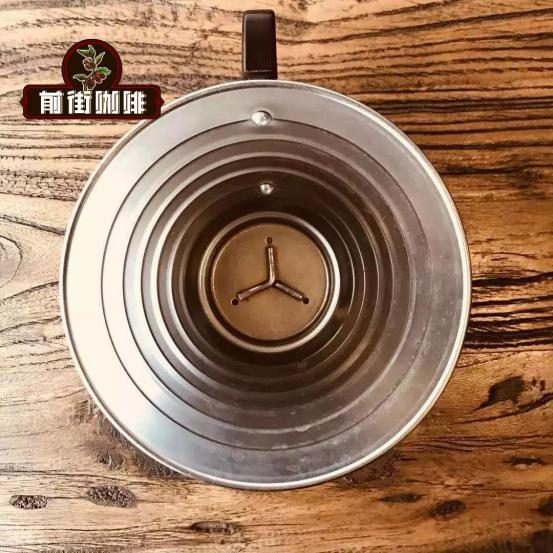
[bean grinder]
A good hand coffee needs to be equipped with a good bean grinder. There are three types of bean grinders on the market.
1. Ghost tooth bean grinder
2. Flat knife bean grinder
3. Conical knife bean grinder
The ghost tooth bean grinder grinds the coffee beans into particles in the way of grinding, and the powdered coffee is relatively round, and the flavor of the single coffee has a good sense of balance and alcohol thickness. The shape of the flat knife bean grinder is mainly flaky, which can increase the concentration and extraction rate of coffee liquid in a short time, and the aroma of coffee can also be extracted in a short time, which needs to shorten the extraction time and take a long time. Coffee is easy to have miscellaneous flavor and astringent feeling. Suitable for short-time extraction, the cone knife bean grinder grinds the coffee into particles by grinding, the particles from the grinding degree are more like blocks, and the coffee flavor is more round and complex.
The bean grinders on the market often have small flying eagle bean grinder, small Fuji bean mill, Baratza Encore bean mill, Huijia bean mill. The front street coffee uses a Baratza Encore bean grinder.
[thermometer]
Thermometers are used to measure the water temperature of coffee. The thermometers on the market are Tiamo thermometer, Hero thermometer and Cafede Kona thermometer.
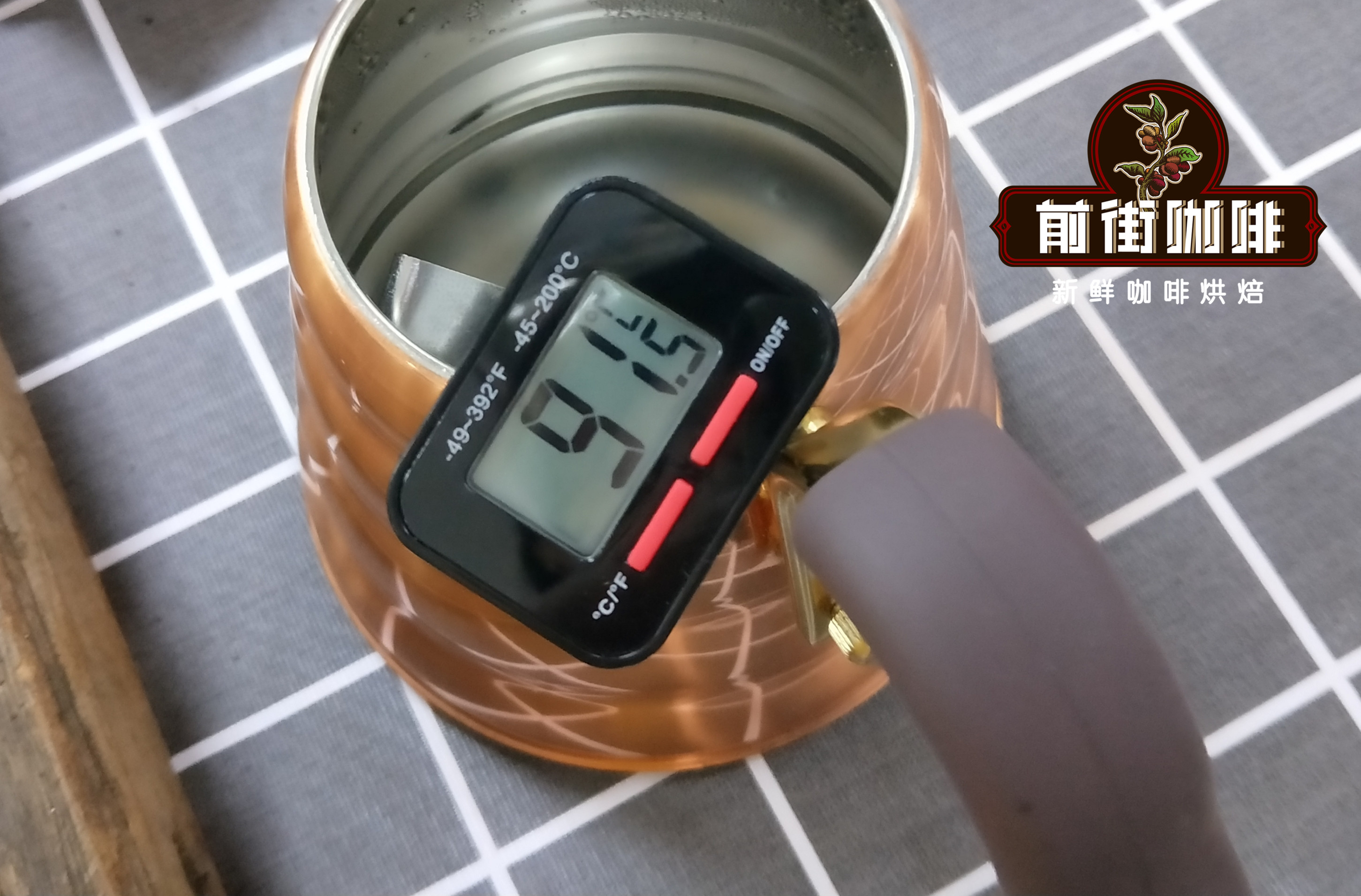
[electronic scale]
Electronic scales enable us to better control the powder-to-water ratio when brewing coffee, reduce unstable factors, and increase sufficient fault tolerance. Electronic scales range from several hundred yuan to dozens of yuan each, including Yami electronic scale, hero intelligent scale and Tamo electronic scale.
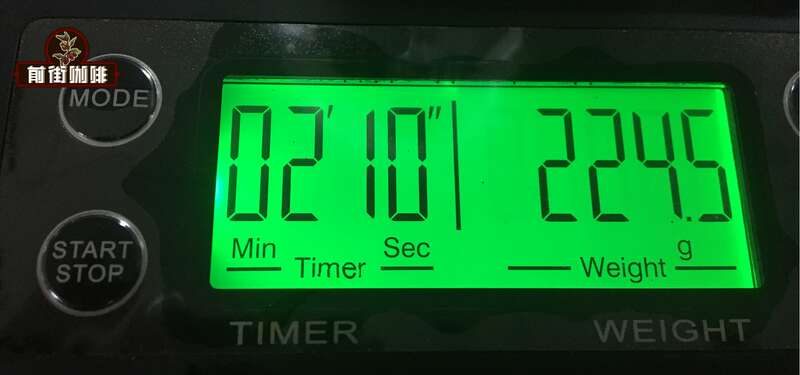
[filter paper]
There are two kinds of filter paper: bleached and unbleached, the bleached filter looks whiter, and the unbleached filter looks close to light brown. The function of filter paper is to use the extremely dense fiber to retain the ground coffee powder and filter the extracted coffee into the cup. To buy filter paper, you should choose the corresponding filter paper according to your own filter cup, including Japanese Sanyo V60 filter paper, hario filter paper, Kalita filter paper and kono filter paper.
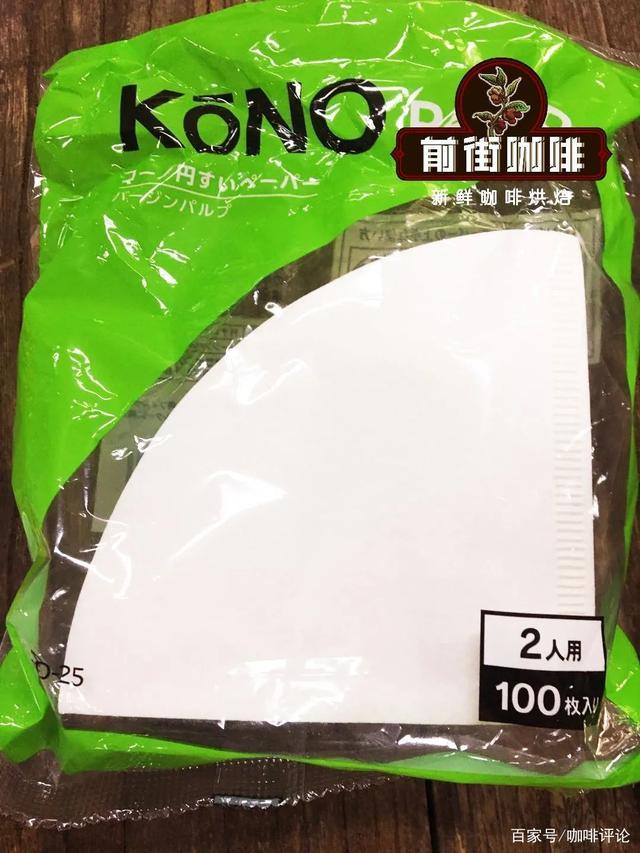
[sieving powder net]
Mainly to judge the degree of grinding, each type of coffee beans are suitable for hand-made grinding degree is different, Qianjie coffee through continuous experiments, determined to pass the Chinese standard 20 screen 80% as the hand-made grinding degree.
[sharing pot]
Sharing pot is actually optional, if a person drinks, you can not share the pot, just put the mug on the filter. To extract multi-cup coffee, you need to share the pot. With the scale display and transparent material of the sharing pot itself, it is also easier to understand and control the extraction process, and the sharing pot is not just the role of dividing the cup. Qianjie Coffee recommends HARIO V60 cloud sharing pot and Kalita sharing pot.
Step-by-step technique of hand coffee making
Make a pot of coffee, start from these four aspects: water temperature, grinding thickness, powder-water ratio, brewing method.
[water temperature]
The higher the water temperature, the stronger the extraction ability, the more bitter the coffee is, the stronger the taste; the low water temperature, the weak extraction ability, the coffee is easy to turn sour, the taste is mild and light, the temperature of the hand should be adjusted according to the roasting degree of the coffee, the shallow roasted beans can be 90-91 ℃, and the medium-deep roasted beans can be 85-87 ℃. Qianjie coffee is basically adjusted within this range. Once a customer questioned this brewing temperature, Qianjie Coffee took Golden Manning, a coffee bean (deep-roasted), and boiled it at a water temperature of 90 ℃. As a result, the taste was almost comparable to that of Italian concentrate.
[degree of grinding]
Refers to the size of coffee particles, the degree of grinding will affect the contact time between coffee and water. If the coffee powder is finer, the water can extract more substances in the same time, but the degree of grinding is fine, the coffee is easy to be extracted in the process of extraction; on the contrary, the coarser the degree of grinding of coffee, the less substances extracted by water in the same time, but the coarser the degree of grinding is, the coffee is prone to insufficient extraction. Qianjie coffee is recommended to take 80% of the pass rate of the Chinese standard No. 20 sieve as the hand grinding degree, which is obtained after many tests. It should be noted that the grinding degree of different coffee beans is different, so when the hand flavor is not right, we can see if there is a problem with the grinding degree.
[ratio of powder to water]
The powder-to-water ratio refers to the ratio of coffee powder to brewing water, which affects the thickness of the coffee. It can be 1:10, 1:13, 1:15, or 1:16. Qianjie Coffee recommends using a powder-to-water ratio of 1:15, which is relatively moderate in concentration or taste. Of course, everyone's pursuit of coffee taste is different, when extracting coffee, we can adjust their powder-to-water ratio according to the taste they want.
[cooking technique]
There are a variety of cooking methods, three-stage style, one-knife flow, drip-by-drop style, and so on. Qianjie coffee is recommended for beginners to brew with three-stage water injection, which is suitable for light-roasted, medium-and medium-roasted coffee beans. The segmented extraction method of three-stage water injection can clarify the flavor of the front, middle and back of the coffee, and can ensure the flavor of the coffee.
First water injection: stew (to help exhaust)
Coffee beans in the roasting process from raw beans to ripe beans will undergo a series of chemical reactions and physical changes, after a certain degree of baking, coffee beans will accumulate a large amount of gas (most of which is carbon dioxide).
Generally speaking, the fresher it is, the closer it is to baking, and the more bubbles usually appear during steaming. Deep-baked beans also release more gas during steaming than shallow baked beans. The coffee beans of Qianjie coffee are freshly roasted, so guests are generally advised to grow beans for three days and let the beans release carbon dioxide first, so that the problem of instability and insufficient extraction can be avoided.
After steaming and discharging the gas, the coffee particles can absorb water evenly, which can make the extraction uniform in the later stage. Good steaming can not only make the coffee powder exhaust quickly, fully and evenly, but also make the coffee powder come into contact with the water quickly, helping the coffee powder to be extracted evenly.
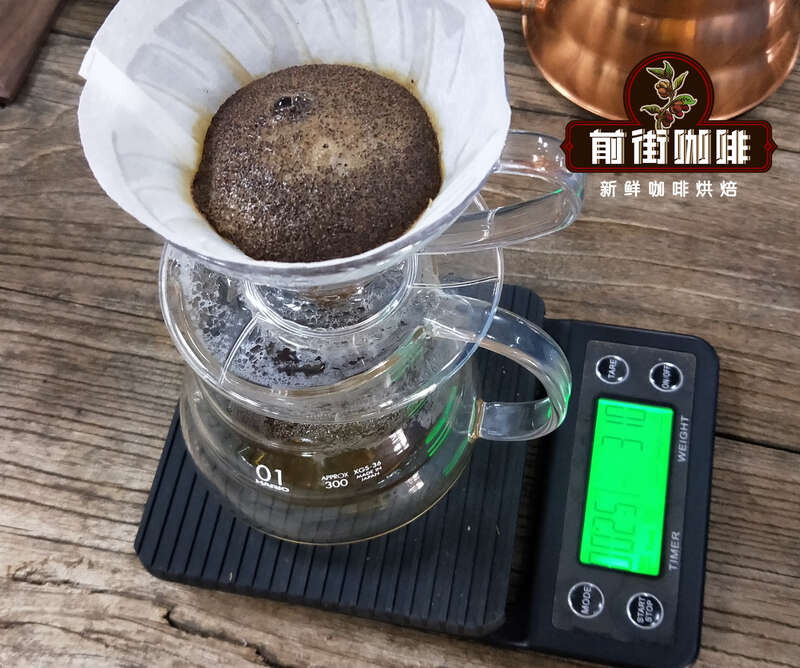
Pay attention to the following four points when steaming:
1. Beat the coffee powder flat before injecting water and steaming.
2. When steaming, water injection should be gentle.
3. In the process of steaming, there is as little extract as possible; when there is too much extract in the kettle, the amount of water injected should be reduced, or attention should be paid to the degree of grinding. If there is too much steaming water, drop a large amount of coffee liquid, the falling water does not stay but directly bring out the external substance of the coffee powder, the miscellaneous taste and astringency of the outer layer of the coffee powder begin to dissolve, so that the coffee is not only light, but also has an exquisite smell. If the amount of stuffy steam is insufficient and no water droplets fall at all, then the coffee powder does not absorb enough water, and some coffee is not exhaust enough, which will cause insufficient extraction.) according to this situation, Qianjie coffee has been steamed many times. It is found that it is more appropriate to inject twice the amount of coffee powder during steaming.
4. The steaming time is about 30 to 40 seconds. When the expansion of the coffee powder surface ends, you will see the coffee surface wrinkling, which means that the steaming is complete and you can begin to inject water. In terms of time, coffee is prone to bitterness and astringency if it is steamed for too long. Generally speaking, the end time of steaming varies with each bean, but Qianjie Coffee finds that this is not conducive to novice operation. After all, novices pay attention to standardization and ease of use, so to ensure that coffee beans are still freshly roasted, Qianjie Coffee is recommended for steaming for 30 seconds. Of course, those with experience can adjust the time on their own.
Second water injection
The second water injection starts from the middle, and a small water column is injected into the bottom of the powder layer. in order to concentrate the penetration force of the water column, the range of movement around the circle is small, about the size of an one-dollar coin, and then out. At the beginning of the second water supply, we should pay attention to the amount of water, and try not to exceed the height of the powder layer, that is, when the water column is wound close to the filter paper, the water supply can be stopped.
The third water injection
As the thicker powder layer on the edge of the original filter paper becomes heavier because of the draft, and as the water level falls and becomes thinner, the water level drops to half and the third water injection can be carried out.
From the third water supply, it is necessary to observe the extent of the decline of the water level, also from the center of the water supply circle, the amount of water should not exceed the height of the powder layer, then it will also be observed that the proportion of foam has already occupied the surface, and the third water injection will increase the tumbling of coffee granules, let all the deposited particles tumble, and then dissolve the soluble matter.
The rolling particles will start to rest because they stop adding water, and at this time they have to rely on the velocity caused by the falling water level to make the coffee particles produce friction, so once the addition of water stops, the coffee powder particles will sink, causing blockage, so pay special attention to the rhythm of adding water. If the water is cut off too many times, it is tantamount to letting the coffee powder particles soak in the water all the time, which will lead to the astringent and miscellaneous taste of the coffee extract at the end.
Take [Qianjie Coffee Essex plus Chevy Coffee] as an example.
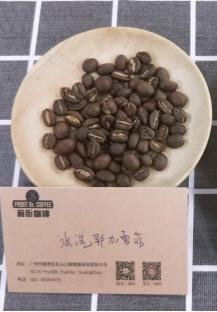
Cooking suggestion
Filter cup: Hario V60
Water temperature: 90 ℃
Amount of powder: 15g
Powder / water ratio: 1:15
Degree of grinding: the pass rate of Chinese standard No. 20 screen is 80%.
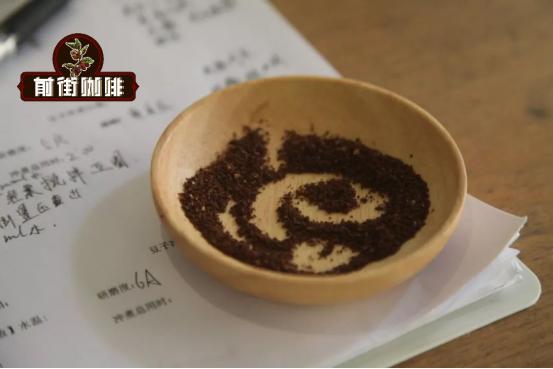
Washing and cooking technique
Segmented extraction
Steam with 30 grams of water for 30 seconds, small flow circle injection to 125 grams, continue to inject water to 225 grams when the water level is about to be exposed to the powder bed, remove the filter cup when the water level is about to be exposed to the powder bed, and the extraction time is 2 minutes.
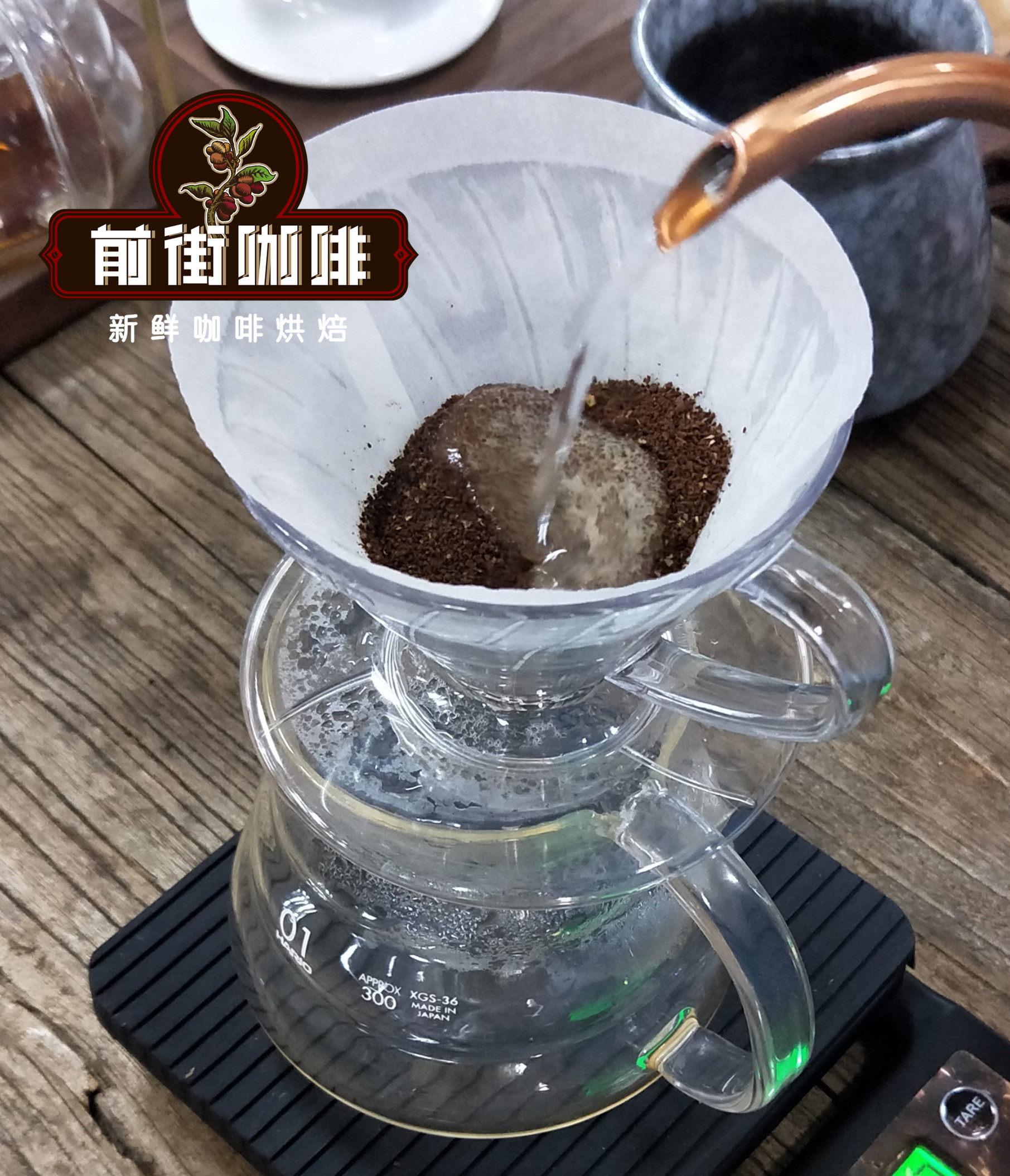
Flavor description: obvious floral aroma, bright sour lemon and citrus, some black tea in the back.
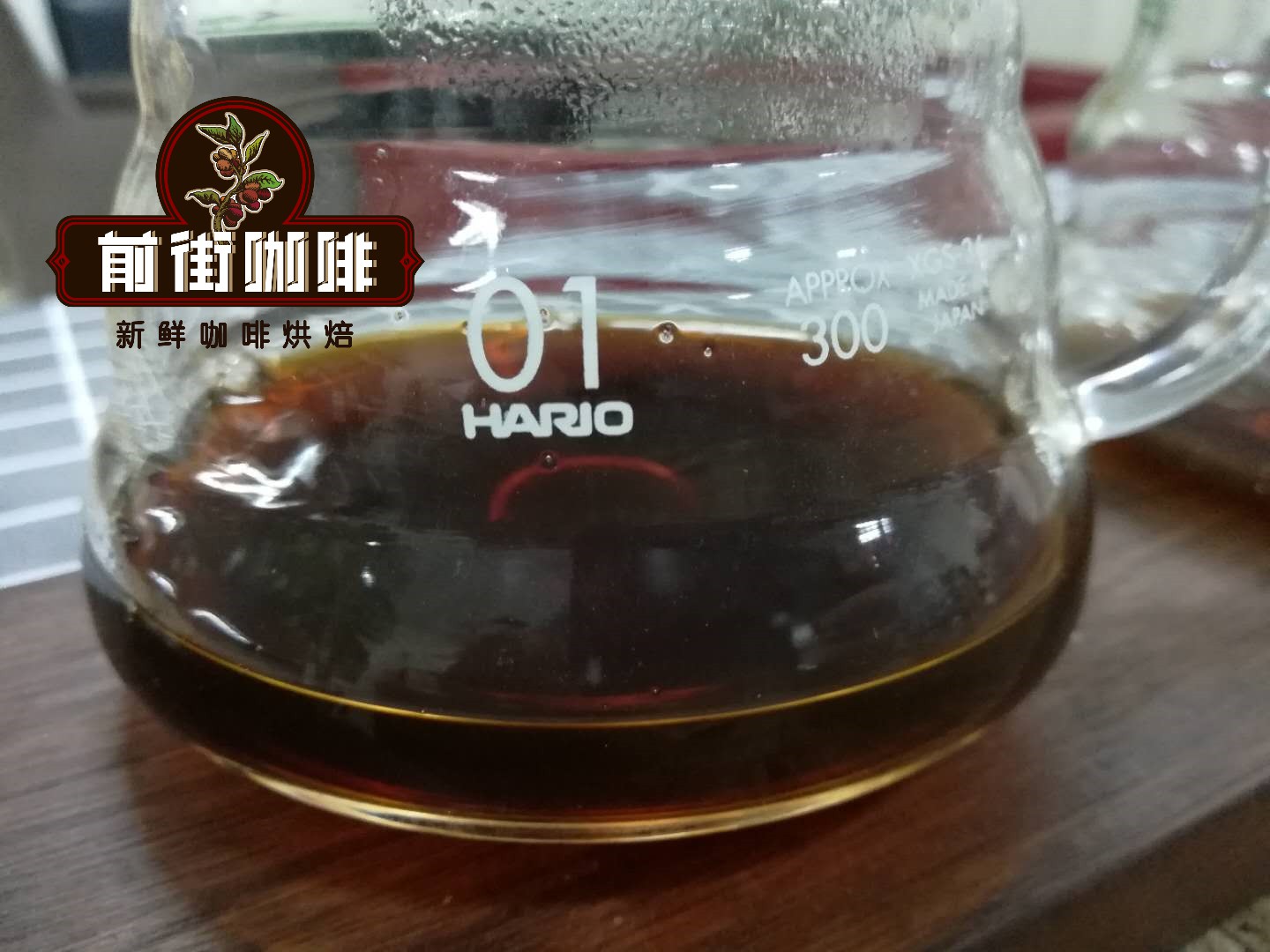
Report / feedback
Important Notice :
前街咖啡 FrontStreet Coffee has moved to new addredd:
FrontStreet Coffee Address: 315,Donghua East Road,GuangZhou
Tel:020 38364473
- Prev
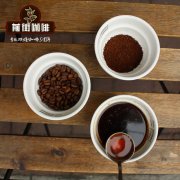
How many kinds of three-stage injection techniques are there? Pay attention to the gouache ratio? Is that Americano?
Professional coffee knowledge exchange More coffee bean information Please pay attention to coffee workshop (Weixin Official Accounts cafe_style) How many kinds of hand-brewed coffee? What's so special about gouache? Is that Americano? In the world of hand-brewed coffee, it is important to restore the flavor of beans as much as possible, and to make them taste good, and every step to achieve this goal can be full of creativity.
- Next
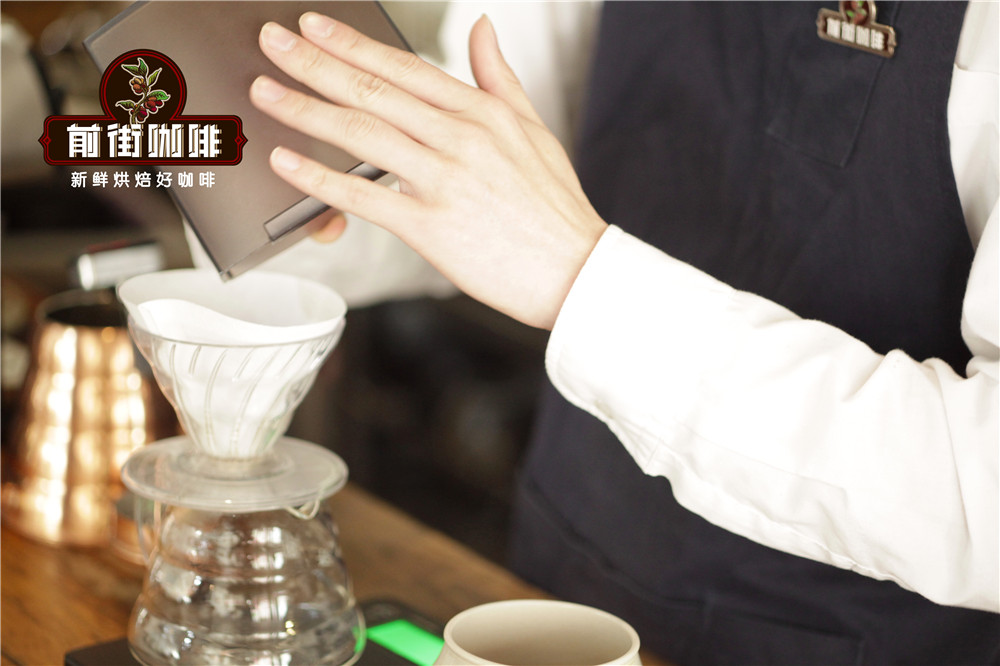
How to brew coffee by hand 15g? how to make coffee by hand? how to pour water into three stages of water?
Professional coffee knowledge exchange more coffee bean information please follow the coffee workshop (Wechat official account cafe_style) how many brewing methods of hand coffee? How much coffee liquid can I make with 15g water? What is meant by "follicular style"? Hand coffee is Melita's small hole filter cup, its hole is very small, whether it is
Related
- Detailed explanation of Jadeite planting Land in Panamanian Jadeite Manor introduction to the grading system of Jadeite competitive bidding, Red bid, Green bid and Rose Summer
- Story of Coffee planting in Brenka region of Costa Rica Stonehenge Manor anaerobic heavy honey treatment of flavor mouth
- What's on the barrel of Blue Mountain Coffee beans?
- Can American coffee also pull flowers? How to use hot American style to pull out a good-looking pattern?
- Can you make a cold extract with coffee beans? What is the right proportion for cold-extracted coffee formula?
- Indonesian PWN Gold Mandrine Coffee Origin Features Flavor How to Chong? Mandolin coffee is American.
- A brief introduction to the flavor characteristics of Brazilian yellow bourbon coffee beans
- What is the effect of different water quality on the flavor of cold-extracted coffee? What kind of water is best for brewing coffee?
- Why do you think of Rose Summer whenever you mention Panamanian coffee?
- Introduction to the characteristics of authentic blue mountain coffee bean producing areas? What is the CIB Coffee Authority in Jamaica?

